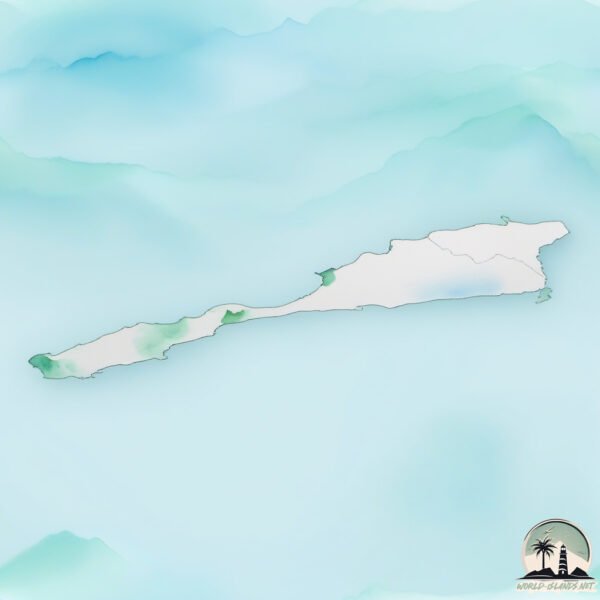Welcome to Jan Mayen , a Polar island in the Norwegian Sea, part of the majestic Arctic Ocean. This guide offers a comprehensive overview of what makes Jan Mayen unique – from its geography and climate to its population, infrastructure, and beyond. Dive into the details:
Geography and size of Jan Mayen
Size: 376 km²Coastline: 173.9 kmOcean: Arctic OceanSea: Norwegian SeaContinent: Europe
Jan Mayen is a Large Island spanning 376 km² with a coastline of 174 km.
Archipel: –
Tectonic Plate: Eurasia – One of the world’s largest tectonic plates, the Eurasian Plate covers a significant portion of Europe and Asia. It’s characterized by diverse geological features, including the Ural Mountains, the European Plain, and the Himalayas formed from its collision with the Indian Plate.
The geographic heart of the island is pinpointed at these coordinates:
Climate and weather of Jan Mayen
Climate Zone: PolarClimate Details: TundraTemperature: Cold
Climate Characteristics: The tundra climate features long, extremely cold winters and short, cool summers. Vegetation is limited to mosses, lichens, and small shrubs due to the low temperatures and short growing seasons. Biodiversity is low, but some specialized species thrive.
Topography and nature of Jan Mayen
Timezone: UTC-01:00Timezone places: America/ScoresbysundMax. Elevation: 2277 m Beerenberg Mean Elevation: 510 mVegetation: Sparse VegetationTree Coverage: 41%
The mean elevation is 510 m. Dominating the island’s landscape, the majestic “Beerenberg ” rises as the highest peak, soaring to impressive heights. The island is characterized by Mountains: High, steeply elevated landforms. Characterized by both a high maximum elevation (over 500 meters) and a high mean elevation, creating rugged, mountainous terrains on islands.
Dominating Vegetation: Sparse Vegetation
Vegetation: 13 vegetation zones – Exceptionally Diverse Island
Infrastructure and Travelling to Jan Mayen
Does the island have a public airport? no .
Does the island have a major port? no .
The mean population of Jan Mayen is 0 per km². Jan Mayen is Uninhabited. The island belongs to Norway .
The name of the island resonates across different cultures and languages. Here is how it is known around the world: Arabic: يان ماين; German: Jan Mayen; Spanish: Jan Mayen; French: Île Jan Mayen; Portuguese: Jan Mayen; Russian: Ян-Майен; Chinese: 揚馬延
Continuing your journey, Kalsoy is the next notable island, situated merely km away.
The Mysterious Island of Jan Mayen
Thanks for watching! This video is the first I've put out in a long time so I really appreciate any and all support as I transition back ...
The Mysterious Island of Jan Mayen
Thanks for watching! This video is the first I've put out in a long ...
Thanks for watching! This video is the first I've put out in a long time so I really appreciate any and all support as I transition back ...
Expedition Spotlight: Exploring Remote Jan Mayen Island | Arctic | Lindblad Expeditions
Located in the remote North Atlantic Ocean between Greenland and ...
Located in the remote North Atlantic Ocean between Greenland and Norway, the island of Jan Mayen is challenging to reach—but ...
Norway's Seldom-Visited Jan Mayen Island
Lindblad Expeditions-National Geographic guests on a circumnavigation ...
Lindblad Expeditions-National Geographic guests on a circumnavigation of Iceland take a short detour to land at Jan Mayen ...
Norway is classified as Developed region: nonG7: Developed economies outside of the Group of Seven, characterized by high income and advanced economic structures. The level of income is High income: OECD.
News – Latest Updates and Headlines from Jan Mayen
Stay informed with the most recent news and important headlines from Jan Mayen. Here’s a roundup of the latest developments.
Loading...
Please note: The data used here has been primarily extracted from satellite readings. Deviations from exact values may occur, particularly regarding the height of elevations and population density. Land area and coastline measurements refer to average values at mean high tide.

